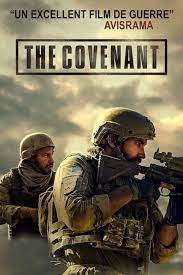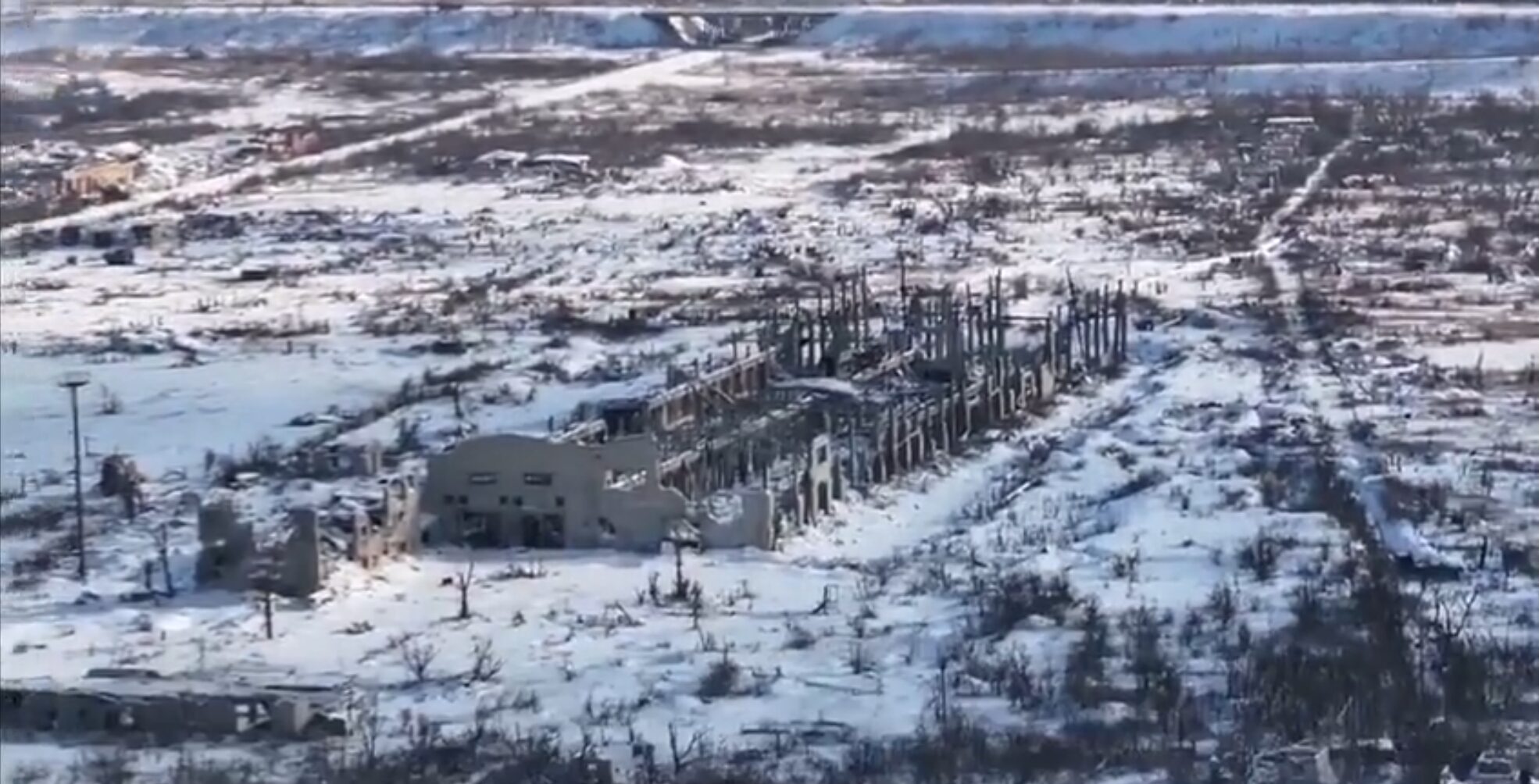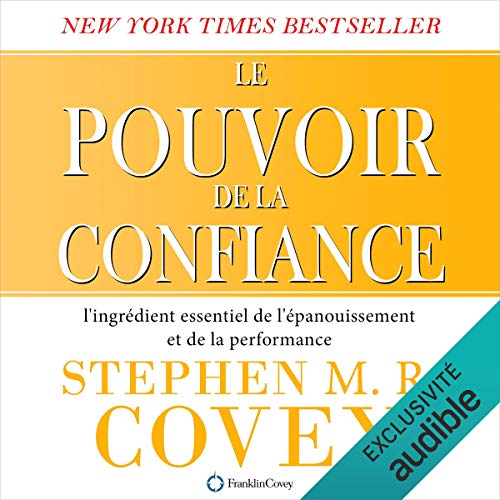 The Covenant,” exceptionally blending realism and humanity. Based on real events, the film recounts the story of interpreters who assisted the U.S. military in Afghanistan in 2018. It provides a gripping insight into the challenges these professionals face while emphasizing the human and humanitarian aspect of their commitment.
The Covenant,” exceptionally blending realism and humanity. Based on real events, the film recounts the story of interpreters who assisted the U.S. military in Afghanistan in 2018. It provides a gripping insight into the challenges these professionals face while emphasizing the human and humanitarian aspect of their commitment.
A recommended film for its authentic and emotional portrayal of interpreters’ lives in a conflict context. “The Covenant” offers a unique perspective on their crucial role and the trials they endure, thereby raising awareness about the often overlooked reality of this profession.
Interpreters and translators are indispensable actors in international conflicts, playing a crucial role for both journalists and the military. Their work is often perilous, yet essential for facilitating communication and understanding among the various stakeholders in conflicts.
This text has been enhanced by incorporating practical facts into each section. These practical facts provide additional insights into the role of interpreters and translators in international conflicts. They also highlight the risks faced by these professionals in such challenging contexts.
Here are some specific examples of the practical facts added:
- In the section on the role of interpreters and translators for journalists, concrete examples of tasks these professionals may perform are provided.
- In the section on the role of interpreters and translators for the military, specific examples of military operations in which these professionals may be involved are given.
- In the section on the risks faced by interpreters and translators, statistics on the number of interpreters and translators killed or injured in armed conflicts are provided.









About The Author: Eleonora Larina
More posts by Eleonora Larina